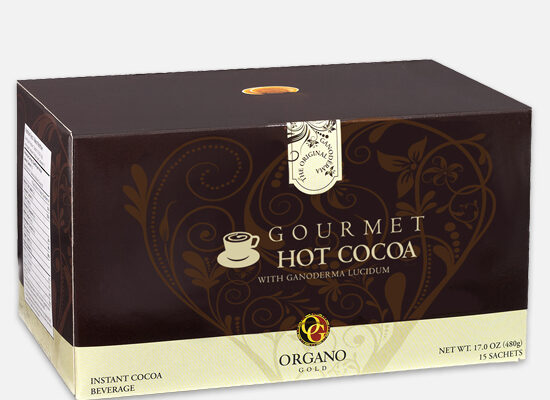Blog
Is Espresso More Healthy Than Coffee?
Espresso and coffee share many similarities: Both beverages originate from the same bean, contain caffeine-rich beverages that can boost energy levels, but which is healthier will depend on factors like how often, what brewing method was chosen, and your tolerance level to caffeine.
Espresso offers more caffeine per ounce than its coffee-brewing counterpart, according to some estimates. A shot of espresso typically contains around 63 mg, while an 8-ounce cup can have anywhere between 96-128 mg; but sipping slowly may reduce this number significantly.
Espresso may contain higher antioxidant levels than regular brewed coffee due to its concentrated beverage form, as the coffee beans used are ground finer and forced under pressure through hot water or steam under pressure resulting in more potency of flavor than drip or pour-over coffee, according to registered dietitian nutritionist Lisa DeFazio. Furthermore, due to the intense brewing process it usually can be consumed quicker.
DeFazio points out that while coffee contains many antioxidants, espresso packs a higher concentration due to its unique brewing method and smaller serving size. As a result, you’ll experience greater health-promoting compounds like chlorogenic acid and melanoidins from espresso than from regular brewed coffee.
Antioxidants found in coffee and espresso may help improve memory, reduce inflammation, protect against certain cancers and even help to ward off heart disease – benefits which most likely come from polyphenols rather than caffeine, the latter simply serving as a stimulant.
Coffee or espresso may have an effect on your digestive system that you should keep in mind. Both beverages can enhance gut motility and have positive microbiome impacts while simultaneously exacerbating stomach conditions like gastritis or acid reflux due to high gastric acid production levels they generate.
Be it coffee, espresso, tea or any other variety, most experts advise limiting intake to three to four cups daily as safe and healthy. Be mindful when adding milk or sugar as this could drastically increase calorie consumption. Catherine Roberts is a health and science reporter for Consumer Reports since 2016, covering infectious diseases, bug sprays, consumer medical devices such as hearing aids or blood pressure monitors as well as privacy. Follow her on Twitter at @catharob for updates!




